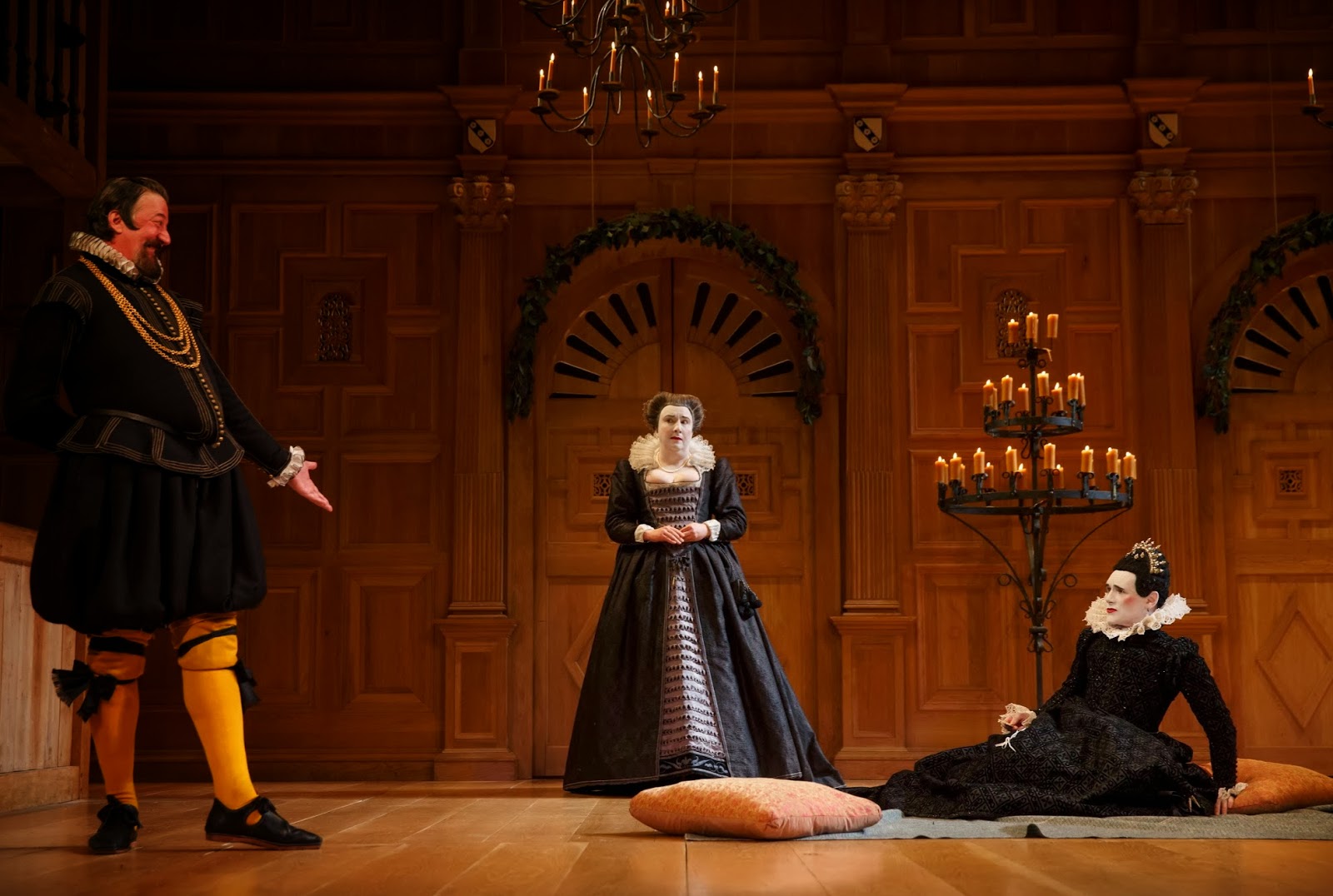I spent this Thanksgiving weekend with Lady Hotspur and the Tiny Tiger instead of reviewing the two Shakespearean productions I saw in November. When I did sit at my computer, I could only think about one thing and that was Ferguson. I tried to approach the two shows—Pericles at the Public and Marlowe’s Tamburlaine at TFANA—by noting that the casts are racially diverse. Those two companies are the top Shakespearean troupes in town, and their commitment to race-blind casting is worth celebrating.
But commending American Shakespeare—or American anything—on its approach to race felt like bad faith this Thanksgiving. The mechanisms of justice are beyond broken; for a subset of Americans, they never existed in the first place.
I considered examining Shakespeare’s tricky but ultimately racist dramaturgy, teasing out the differences in eras. Shakespeare’s London didn’t have the framework of Social Darwinism that implies blacks invite and deserve their second-class status, or the pseudo-genetic notion of race that claims that people of African descent can’t be fully civilized. On the other hand, in 21C New York the biblical Curse of Ham no longer obtains.
 |
| Ira Aldridge, c. 1854, as Othello. Aldridge emigrated from the US to Europe, whose audiences were less bigoted about black actors |
Then, as I paged through books for inspiration, I found a shocking excerpt in Shakespeare in America, a collection published in 2014 by the Library of Congress. The piece is Mary Preston on Othello, one of 14 essays on Shak that she wrote in the 1860s—the Civil War era. She’s a Romantic, roughly contemporary with Emily Dickinson, and she reads Othello as an allegory of Nobility corrupted by Envy. This gives her a huge problem when she deals with Othello’s race (all italics are hers):
“In conclusion, let me add a word of explanation to my reader. In studying the play of Othello, I have always imagined its hero a white man. It is true the dramatist paints him black, but this shade does not suit the man. It is a stage decoration, which my taste discards,—a fault of color, from an artistic point of view. I have, therefore, as I before state in my readings of this play, dispensed with it. Shakespeare was too correct a delineator of human nature to have colored Othello black, if he had personally acquainted himself with the idiosyncrasies of the African race.
“We may regard, then, the daub of black upon Othello’s portrait as an ebullition of fancy, a freak of imagination,—the visionary conception of an ideal figure,—one of the few erroneous strokes of the great master’s brush, the single blemish on a faultless work.
“Othello was a white man!”
That’s nuts! It’s a different sort of Shakespeare-crazy than Knight’s kabbalistic chart, which at least is rooted in a close reading of the plays. On a superficial level, it’s like saying the ghost in Hamlet is actually Claudius in disguise (he would’ve gotten away with it, except for those meddling kids!). It makes nonsense of the play.
I suppose we could admire Preston’s chutzpah. She’s bold enough to say that Shak overreached, and that he failed in his artistic intention. But in her misreading, the flaw that undermines Othello is that a black man cannot be a tragic hero. Put another way, Preston is saying the death of a black man is never tragic. That's still insane, but it’s also a view shared by the 21C Americans who dismiss Michael Brown’s murder (and Trayvon Martin’s, and innumerable others) as anything but a crime.
Race in Shakespeare is a Gordian knot, which I’ll revisit at the (sadly inevitable) next conflict. In the meantime, the Public’s Pericles and TFANA’s Tamburlaine coming up!















